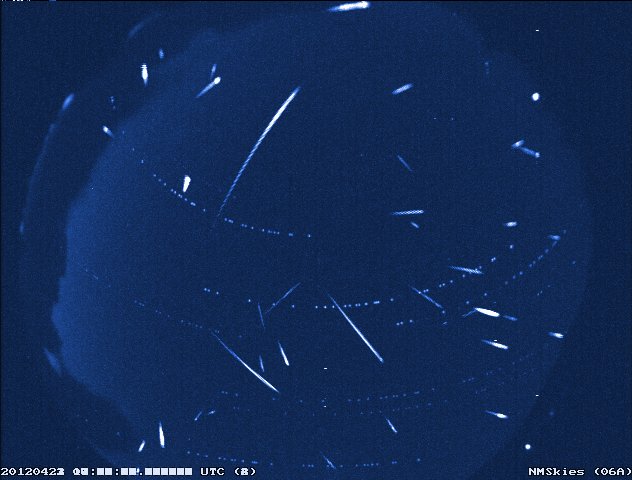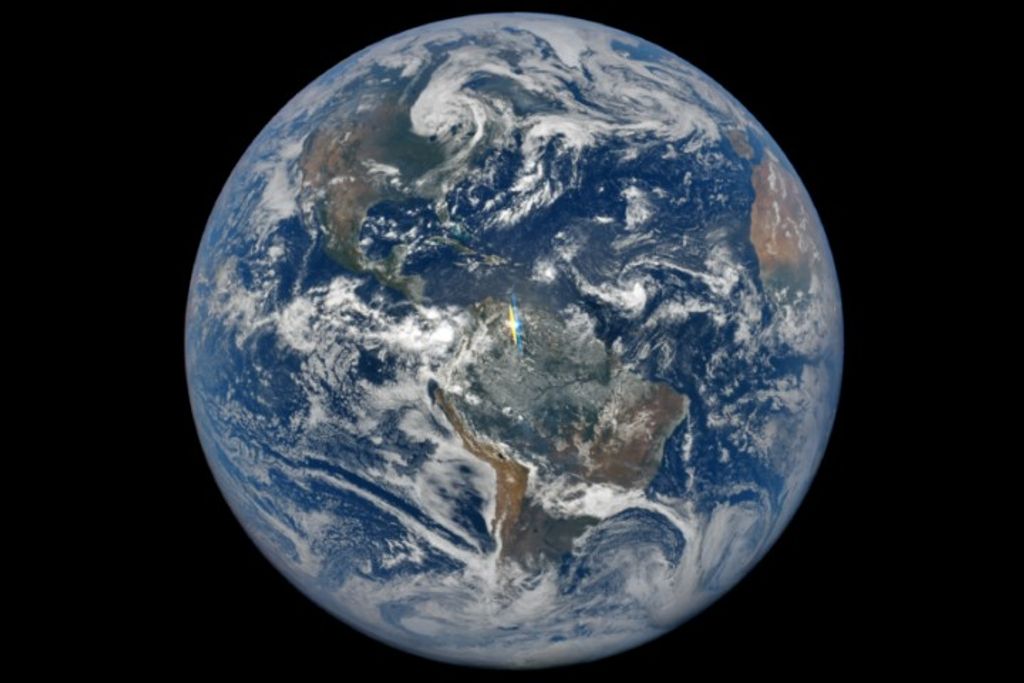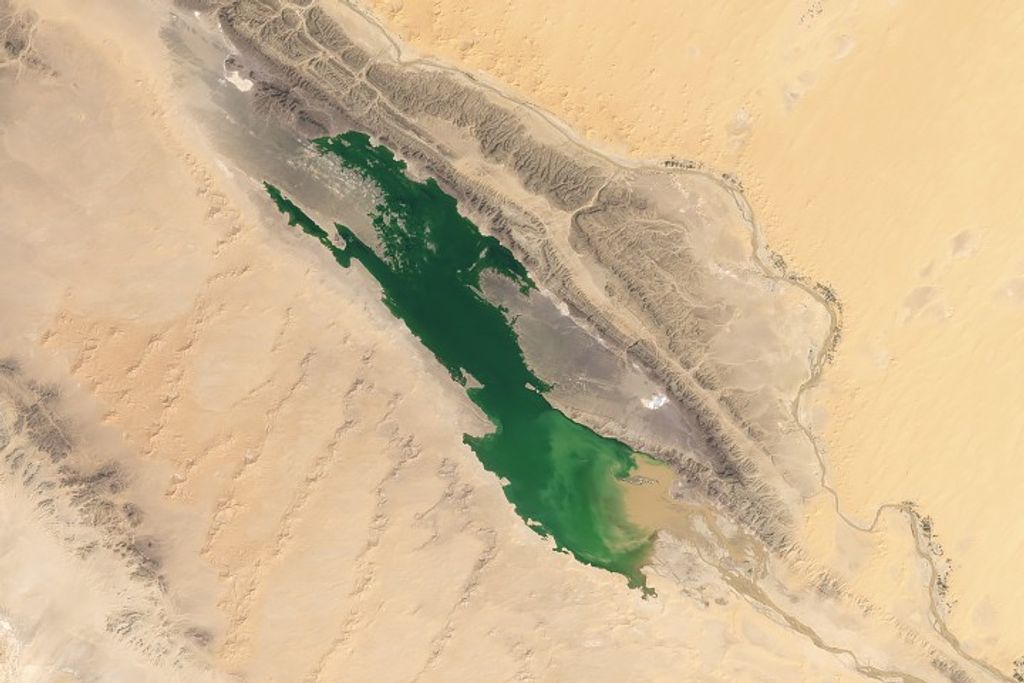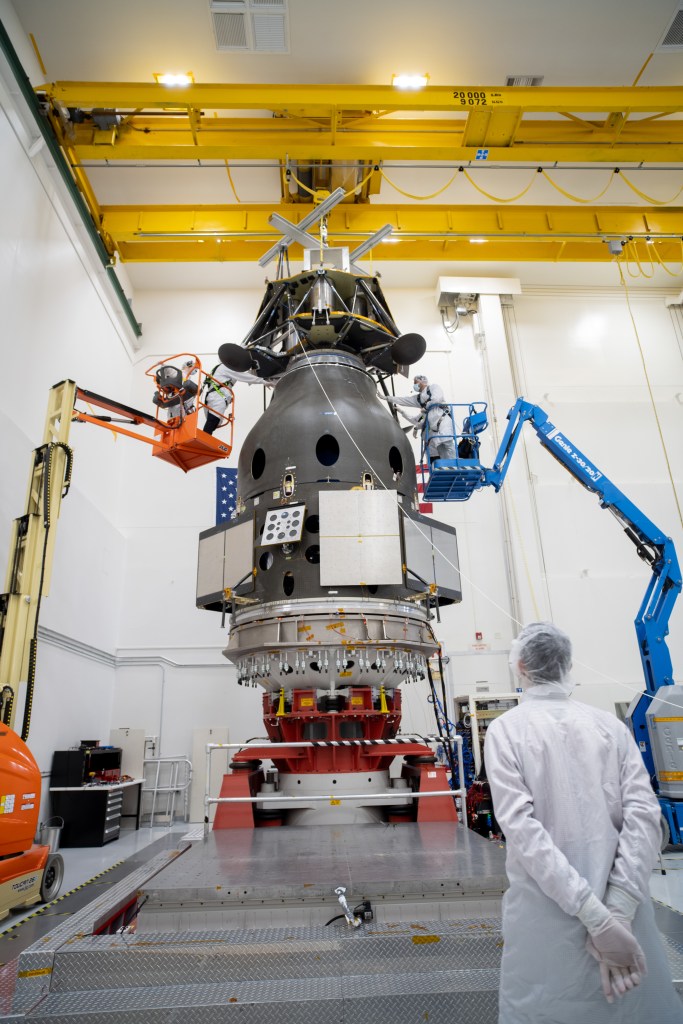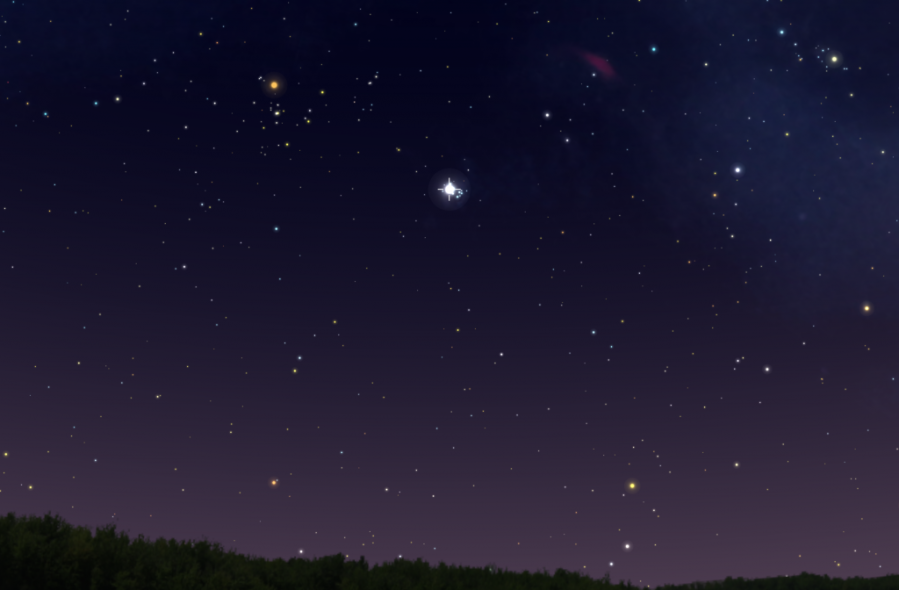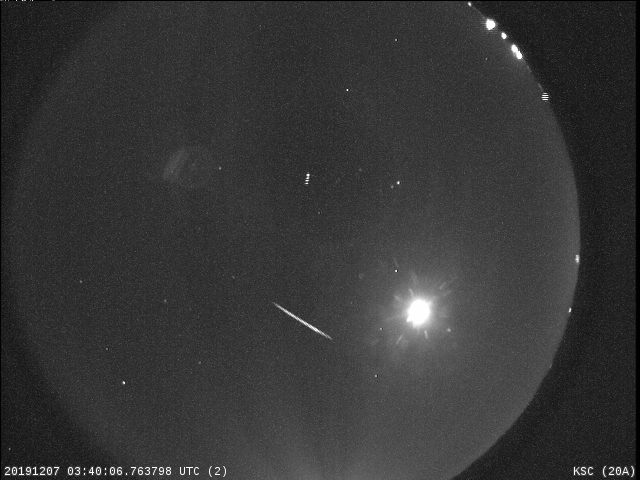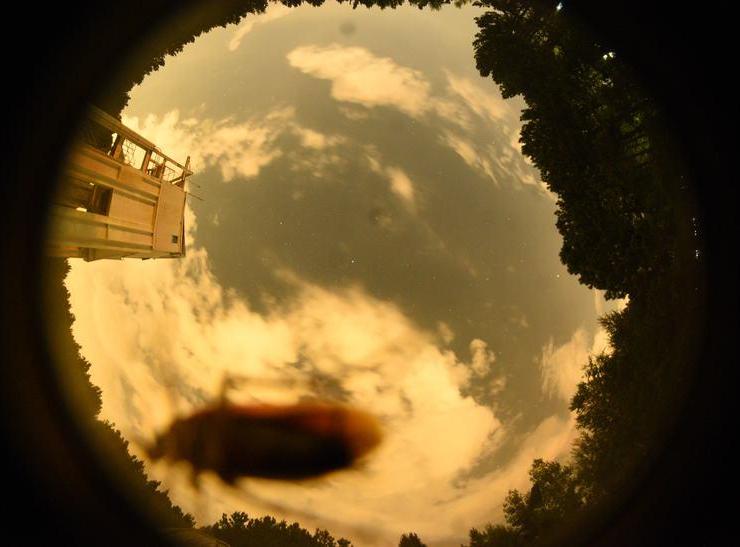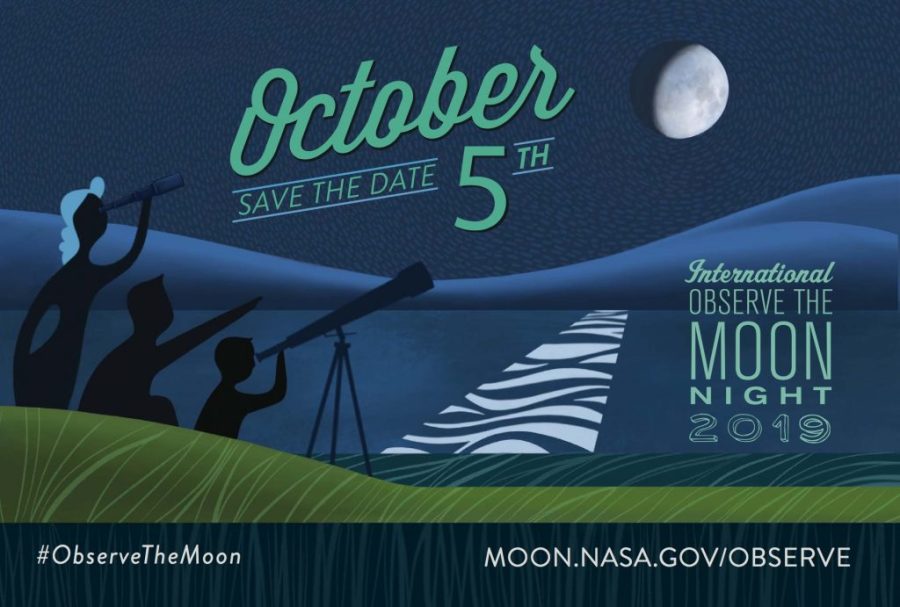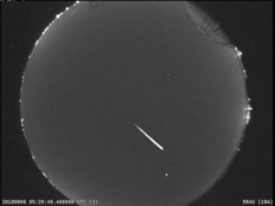April has already been an active month for celestial events and it is about to get even better with the Lyrid meteor shower beginning April 19. Just in time for the 50th anniversary of Earth Day, the Lyrids will peak on April 22 during the predawn hours. A new Moon this year will make way …
Lyrids Peak for Earth Day
